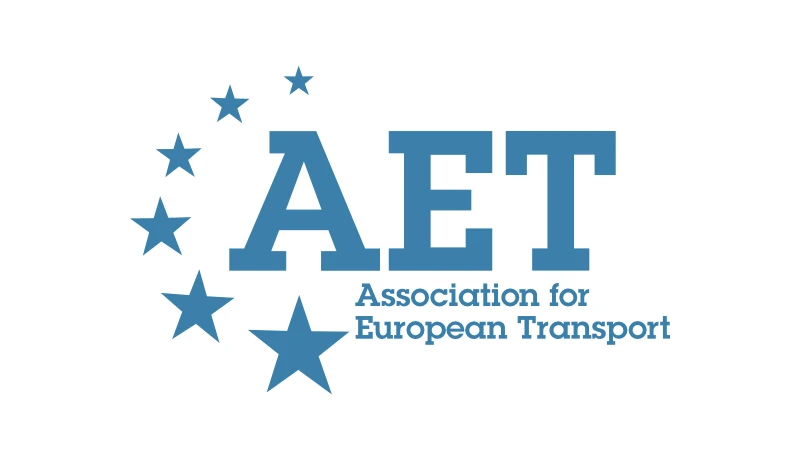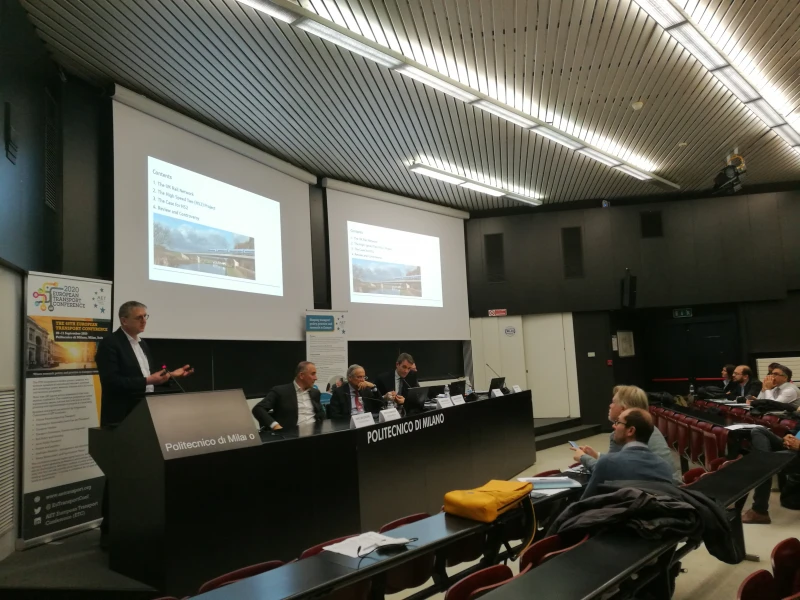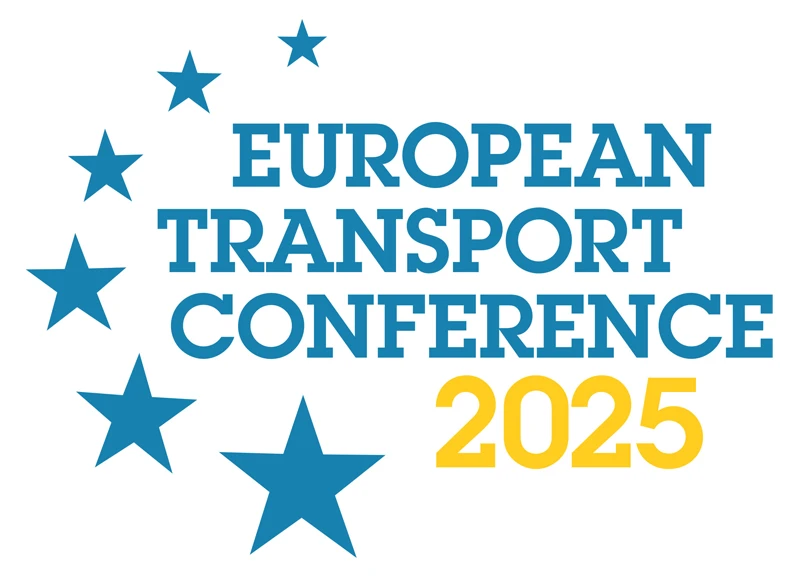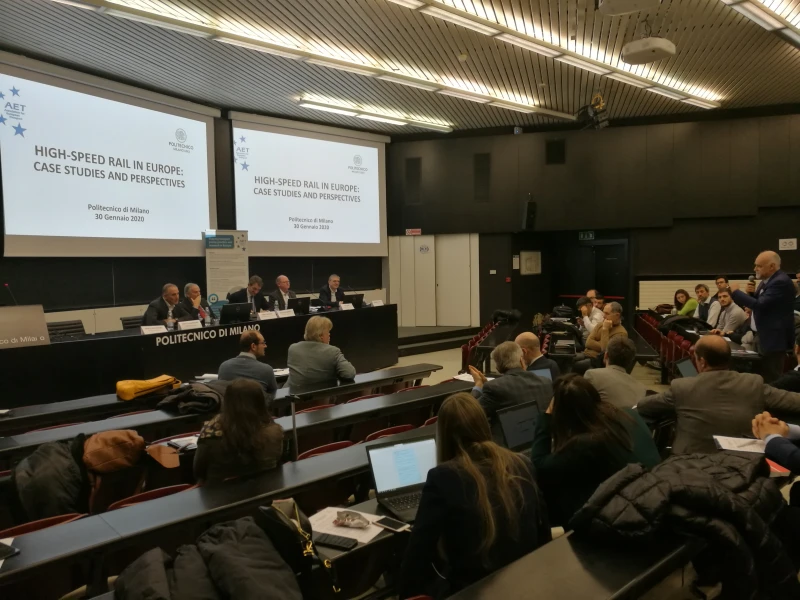-
Past ETC Papers
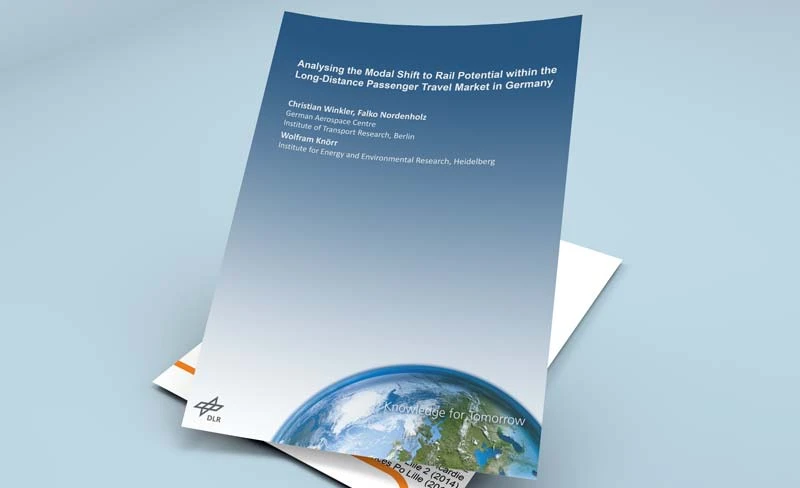
Browse, search and view papers from the past AET Conferences.
-
Members' Area

AET promotes networking and exchange of ideas, information and opportunities amongst members.
Conference Papers 2023
Milan, Italy
ETC Conference Papers 2023
A systematic literature review of factors influencing the regulation of autonomous inland shipping in Europe
Seminar
Day 2 (7 Sep 2023), Session 5, Autonomous Freight Transport, Legal Issues, 12:00 - 13:30
Status
Accepted, awaiting documents
Submitted by / Abstract owner
Sophie C. Orzechowski
Authors
Sophie C. Orzechowski [1] *, Wouter Verheyen [2], Christa Sys [3]
[1] Institut du Droit International des Transports (IDIT), Rouen, France / Faculty of Law, University of Antwerp, Antwerp, Belgium
[2] Faculty of Law, University of Antwerp, Antwerp, Belgium
[3] Faculty of Business and Economics, University of Antwerp, Antwerp, Belgium
* Corresponding author
Short abstract
This paper presents the factors that influence the regulation of autonomous inland shipping based on findings retrieved from a systematic literature review. Factors were categorised and analysed as to their significance for the regulatory agenda.
Abstract
Like many other transport industries, the waterborne shipping sector has also been attracted by the possibilities the implementation of intelligent transport systems provides, ranging from highly automated to (semi-)autonomous shipping operations. In this regard, the European Union aims to foster innovations in inland shipping by implementing autonomous vessels, which allow for a more efficient and sustainable way of exploiting European inland waterways, thereby contributing to its target to shift an increasing amount of road to waterborne transport. Moreover, several pilot projects have already proved the technical feasibility of such (semi-)autonomous shipping operations.
However, from a legal and regulatory point of view, these real-environment testings are only permitted under very restricted conditions, making a wide-scale implementation of autonomous inland vessels in Europe not possible any time soon. The reason for this is that rules, regulations and policy instruments which are currently in force do not allow for the operation of autonomous inland vessels, thereby considerably hindering the further development of the sector and making inland shipping less competitive vis-à-vis other modes of transport where (semi-)autonomous processes have been implemented, or will soon be implemented, at large following the outcomes of legislative adaptation and policy innovation.
Although several institutions have started to include the topic of autonomous inland shipping in their future agendas, regulatory work at the international level in this field is somewhat limited. This fact becomes even more apparent when considering the maritime sector, where considerable work on regulatory adaption has already been achieved. However, in contrast to the maritime sector, where the International Maritime Organisation constitutes the most important regulator, unification of rules and regulations is less present in the inland shipping sector due to its multi-levelled policy maker landscape. Besides the institutional infrastructure, disruptive technologies present a particular challenge to public regulators regarding their potential for unforeseen risks and uncertainties inherent to the implementation of such technologies. From a public regulator’s perspective, it is, therefore, crucial to identify the factors that are hindering the introduction of autonomous inland shipping as such as well as to detect and regulate the newly emerging issues prior to the introduction of autonomous inland ships to minimise potential risk and uncertainty as much as possible.
Existing literature on regulatory obstacles is limited and restricted in scope resulting in a fragmented research landscape on regulatory factors influencing the adoption of autonomous inland shipping. For this reason, this paper aims to present those factors that have, or most likely will have, an influence on the regulation of autonomous inland shipping in Europe in a comprehensive, systematic way. To achieve this objective, factors were gathered and assessed following the outcome of a systematic review of academic journals where articles were sorted out based on pre-determined inclusion and exclusion criteria. The identified factors were then divided into four main categories and analysed as to their significance for regulatory adaptation and future policy directions.
In all, public regulators and policy makers will need to address the most important factors to allow for a future-proof implementation of autonomous inland vessels in Europe. Moreover, the factors described in this paper might be relevant for regulatory innovation regarding autonomous processes in other modes of transport.
The research leading to the results presented in this paper has received funding from the European Union’s Horizon 2020 research and innovation programme under the Marie Skłodowska-Curie Grant Agreement No. 955768 (MSCA ETN AUTOBarge).
Programme committee
Global Trends Impacting Transport
Topic
Regulatory issues – impacts of national and international legislation on infrastructure and services
Documents:
No documents yet.
Association For
European Transport
Forester House
Doctors Lane
Henley-in-Arden
Warwickshire, UK
B95 5AW
+44 (0) 15 64 793552
VAT number: 710 1866 64
Conference Supporters & Endorsers




Legal Entity
The Association for European Transport is registered as an Association ('vereniging') with the Chamber of Commerce for Haaglanden in The Netherlands under company number 27170096.
Built on Zenario

